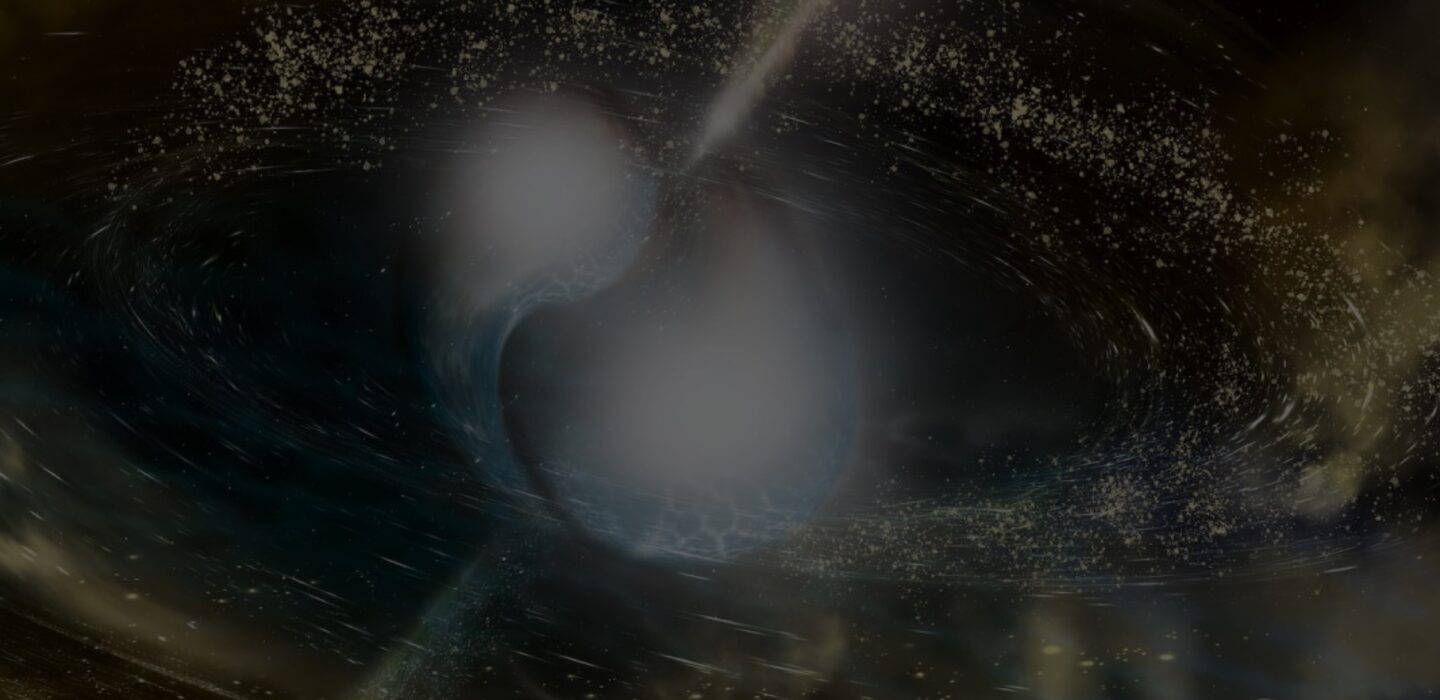Yilun Ma & Jamie Lin

Monday, May 12, 2025
3:00pm
Marlar lounge, in person & via zoom
Talk 1: Yilun Ma, 3:00pm - 3:30pm
Searching for little red dots across redshifts
Little red dots (LRD) are a population of red, compact, broad-line objects discovered by JWST at 5<z<8. They show a characteristic V-shaped SED, where a blue UV continuum is followed by a steep red rise in optical, and they are otherwise not strongly detected in any other wavelengths. No models can fully explain their SED yet. In this talk, I will briefly discuss these challenges to describing LRDs with the conventional SED models. More importantly, I will discuss our ongoing efforts in searching for LRDs at both intermediate and high redshifts from large-area ground-based surveys. These large-area searches are necessary and suitable to constrain the redshift evolution of LRDs, which may shed light on the nature of these intriguing objects.
Talk 2: Jamie Lin, 3:30pm - 4:00pm
High redshift quiescent galaxies in overdensities at z~4-5 observed by JWST
Recent observations made by JWST have revolutionized our understanding of galaxies at high redshift. Among the most intriguing discoveries made by JWST are the population of high redshift quiescent galaxies found at z>~4. They challenged our models of galaxy formation and evolution for their rapid assembly of stellar mass and the cessation of star-formation all within the first few billion years after the Big Bang. These extreme systems are hard to reproduce with our current models; therefore, discoveries of high-redshift QGs put important constraints on theoretical models. Previous studies have shown elevated quiescent fraction in cluster and over-dense regions. In this study, we make use of JWST Cycle 1 program FRESCO to expand the sample of QGs at high redshift, specifically searching in the GOODS-N and GOODS-S’s overdensities at z∼4-5. We identified 30 quiescent candidates across four overdensities with stellar mass ranging from log(M∗/M⊙)=8.95-11.13 in the efforts to answer how did these galaxies assemble their masses at a rate unprecedented in its low-redshift companion and what are the mechanisms that cease their star-formation so rapidly within the first billion years after the Big Bang.
Speakers
- Yilun Ma, Princeton University Jamie Lin, Tufts University